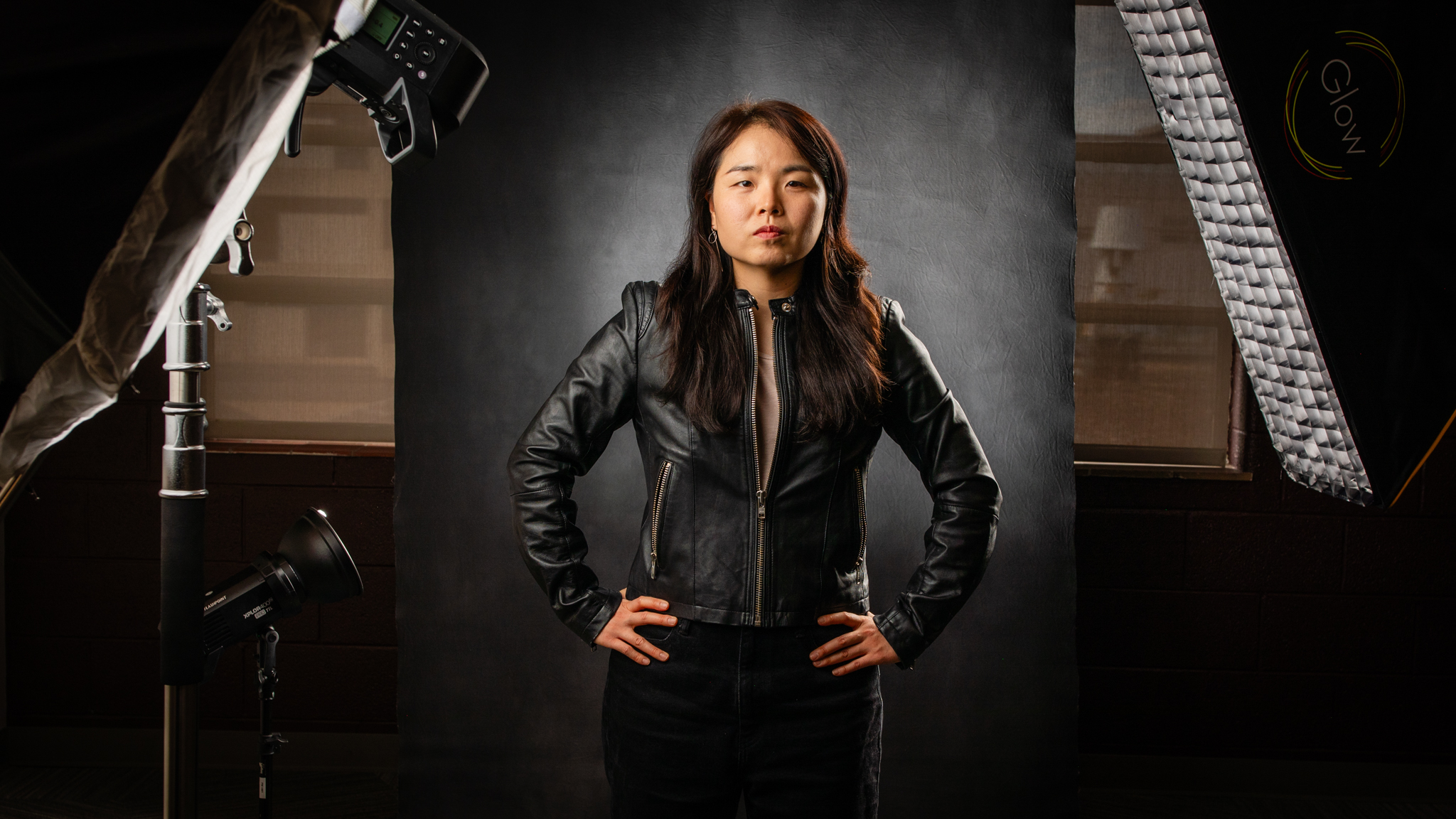There is no denying that Artificial Intelligence has changed our lives. However, some might argue if it’s for the better.
A recent survey by Forbes indicated that many Americans still trust humans over AI by a large percentage. Those surveyed shared that they think people would do a better job of administering medicine, writing laws, and even choosing gifts, just to name a few.
The faculty in the College of Engineering have their own opinions based on their expertise and related research. We wanted to hear from some of the most well-versed in the AI space to learn more about how this technology impacts us. These faculty experts range from computer scientists to electrical engineers to aerospace engineers and even building construction experts. Here’s what they had to say about AI–the good, the bad, and the (potentially) scary.
Dylan Losey
Assistant Professor, Mechanical Engineering
Losey explores the intersection of human-robot interaction by developing learning and control algorithms that create intelligent, proactive, and adaptable robots that are taught to personalize their behavior, adapt to human needs, and proactively help users achieve their goals.
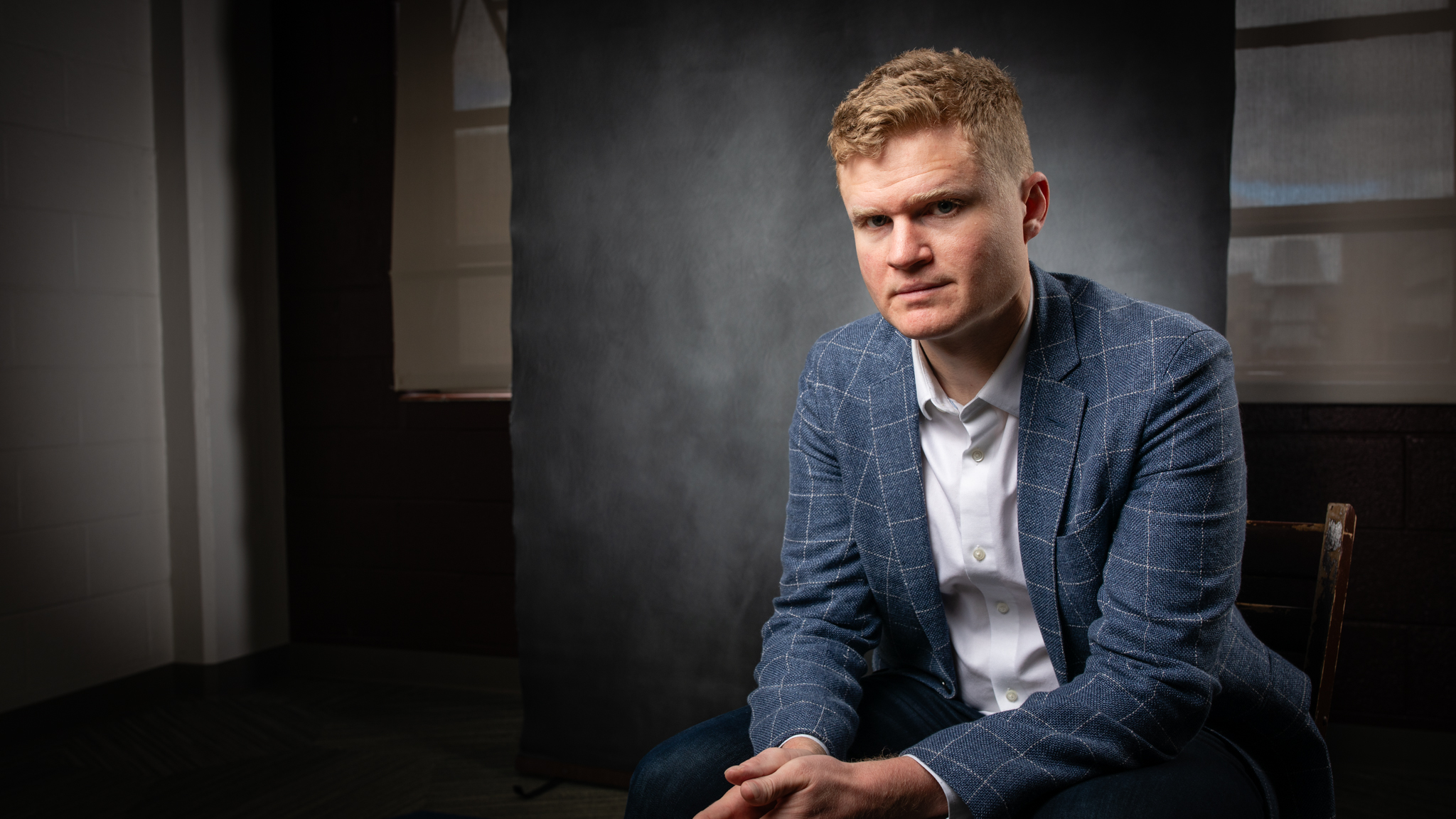
The Good: Improved accessibility and quality of life
“AI and robotics can open doors for people living with physical disabilities. We've seen the promise of assistive robot arms and mobile wheelchairs helping elderly adults regain independence, autonomous vehicles increase mobility, and rehabilitation robots help children gain the ability to walk. The promise of this technology is a higher quality of life for everyday users.”
The Bad: Potential bias from incomplete data
“AI is a powerful tool that can easily be misused. In general, AI and learning algorithms extrapolate from the data they are given. If the designers do not provide representative data, the resulting AI systems become biased and unfair. For example, if you train a human detection algorithm and only show the algorithm images of people with blonde hair, that system may fail to recognize a user with brown hair (e.g., brown hair = not a human). In practice, rushed applications of AI have resulted in systems with racial and gender biases. The bad of AI is a technology that does not treat all users the same.”
The Scary: Artificial intelligence is influencing our decision making
"We are already facing the negative outcomes of AI. For example, take recommendation algorithms for streaming services: the types of shows you see are influenced by the shows recommended to you by an artificial agent. More generally, today's AI systems influence human decision making at multiple levels: from viewing habits to purchasing decisions, from political opinions to social values. To say that the consequences of AI is a problem for future generations ignores the reality in front of us — our everyday lives are already being influenced. Artificial intelligence — in its current form — is largely unregulated and unfettered. Companies and institutions are free to develop the algorithms that maximize their profit, their engagement, their impact. I don't worry about some dystopian future; I worry about the reality we have right now, and how we integrate the amazing possibilities of artificial intelligence into human-centered systems.”
New release: You may also be interested in:
-
Article Item
 Inside the future of AI , article
Inside the future of AI , articleFrom digital tutors to disaster-detecting satellites, Virginia Tech faculty explain how artificial intelligence is reshaping the systems we rely on every day — and what's coming next.
Eugenia Rho
Assistant Professor, Department of Computer Science
Rho specializes in computational social science and human-computer interaction with a focus on applying and developing natural language processing techniques to understand and improve how humans talk to each other.

The Good: Improved communication with machines
“Large language models (LLMs) are transforming our interactions with technologies. Their capacity to parse and generate human-like text has made it possible to have more dynamic conversations with machines. These models are no longer just about automating tasks — they are versatile support tools that people can tap into for brainstorming, practicing tough conversations, or even seeking emotional support. Imagine having a resource — not quite a friend but a helpful tool — ready to assist when you need insights or a different perspective. These models are starting to bridge gaps in areas we traditionally reserved for human touch, but it is important to remember they are still tools, not replacements.”
The Bad: Increased dependence on technology reduces critical thinking
“With the power of LLMs comes the inherent challenge of managing our reliance on them. There is a potential risk of diminishing critical thinking skills if users depend too heavily on AI-generated content without scrutiny. Also, as these models are trained on vast amounts of internet text, they might unknowingly propagate biases present in their training data. Therefore, it is imperative that we approach the adoption of LLMs with a balanced perspective, understanding their subsumed biases and risks and ensuring that they complement human intelligence rather than replace it.”
The Scary: Potential loss of human connection
“One of the deeper concerns surrounding LLMs in human-AI interaction is the potential erosion of genuine human connection. As we begin to converse more often with AI, naturally there is a question over the authenticity of our interactions. Will we, over time, prefer the consistent and tailored responses from an LLM over the unpredictable, messy, spontaneous, but genuine nature of human conversation? Moreover, there is the ethical concern of AI being used to manipulate or deceive, given its ability to generate convincing narratives. Hence, it is crucial that we discuss how to set guardrails and ethical standards for the deployment and use of LLMs, ensuring they are used to enrich our lives rather than diminish the essence of human connection. While LLMs bring challenges, they also offer unprecedented opportunities. It is up to us to harness their capabilities responsibly.”
Ali Shojaei
Assistant Professor, Myers-Lawson School of Construction, Building Construction
Shojaei’s research agenda reflects his investment in revolutionizing the architecture, engineering, and construction industry through digital innovations such as construction automation, digital twin and smart cities, and computer-based modeling and simulation, with the aim of creating a more resiliently built environment.
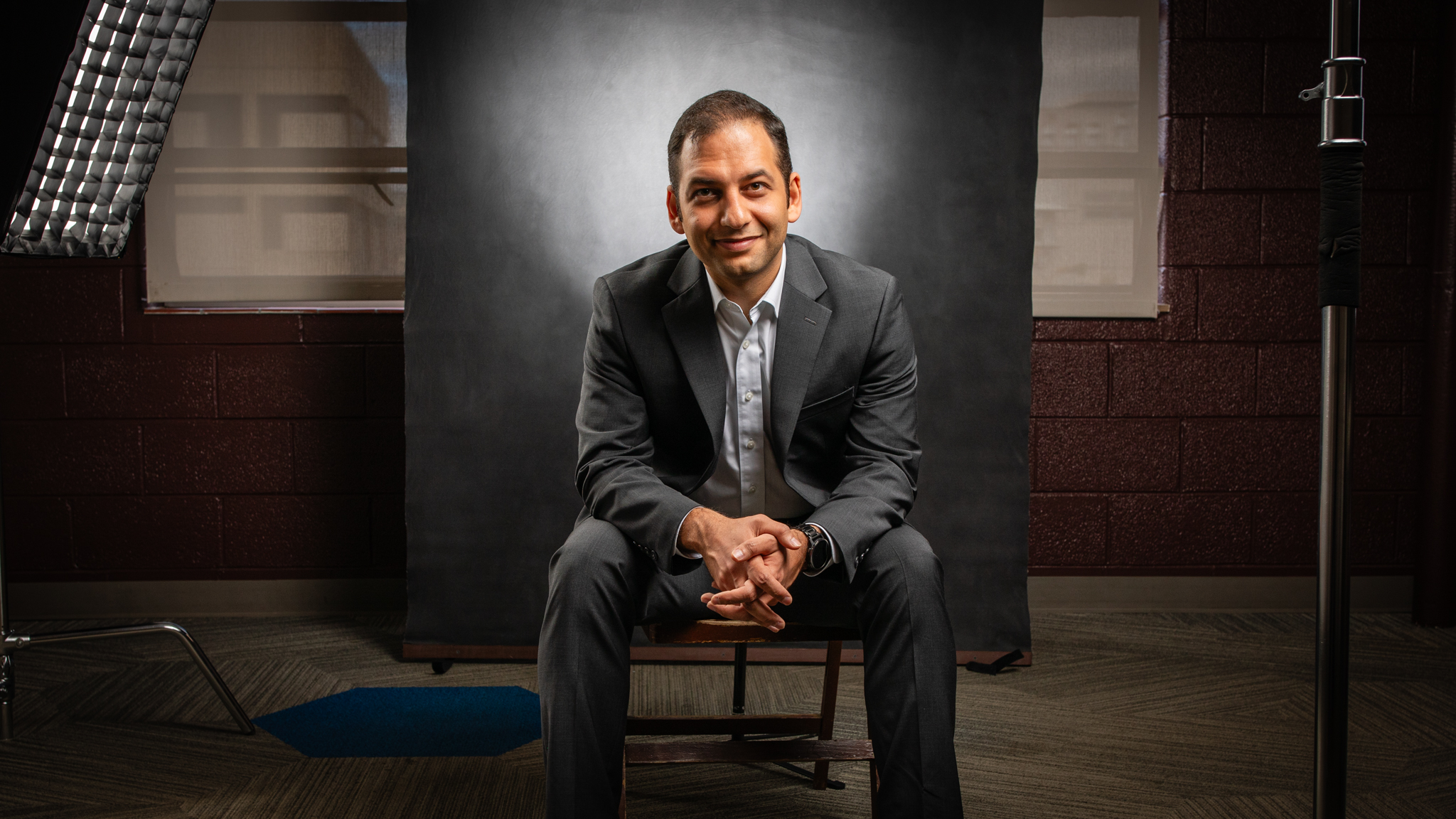
The Good: Revolutionizing the built environment
“AI has provided advantages and benefits not seen before, from the optimization of construction processes and productivity to improving safety protocols and advancing sustainable practices. It can lead to more accurate forecasts of project costs and schedules, helping the industry be more productive and efficient. These technologies not only save time, but also potentially save lives by minimizing human error and ensuring a safer working environment. In addition, automating repetitive tasks in design, planning, and management with AI frees up human workers to focus on more complex and creative aspects."
The Bad: Growing pains
“The integration and adoption of AI in real-world settings can be complex and create unwanted outcomes as we pave our way forward. For example, the environmental impact and energy consumption of AI cannot be overlooked. Data privacy and security are also valid concerns with the increased use of AI and automation of sensitive information,” said Shojaei. “As with any technology, AI risks being implemented as a buzzword or silver bullet solution by those without expertise which can lead to poor results. It is necessary to ensure that as AI and automation systems evolve, that they do so sustainably and ethically.”
The Scary: Ethical considerations and workforce implications
“With increased automation, people are nervous about job displacement. For instance, if drones and automated systems can oversee construction sites, or if AI-enhanced virtual reality can conduct site visits, what becomes of the human workforce traditionally involved in these tasks? While AI promises efficiency and precision, it's essential to consider the human element – the workers whose roles might become obsolete,” said Shojaei. “As AI makes some tasks redundant, it also opens doors to new roles and opportunities. Just as AI might reduce the need for manual site inspections, it can also create demand for AI specialists, digital twin architects, and smart contract developers.”
It’s not a question of if people will lose jobs, but how to train the workforce for the new roles created by AI that allows for new job security and growth. Another concern Shojaei sees is potential bias that’s created by humans who program the systems.
“An AI predictive model trained only on data from projects delivered by large firms may poorly generalize to smaller contractors' projects. Therefore, ethics and inclusion in AI development and deployment are crucial.”
New release: You may also be interested in:
-
Article Item
 Inside the future of AI , article
Inside the future of AI , articleFrom digital tutors to disaster-detecting satellites, Virginia Tech faculty explain how artificial intelligence is reshaping the systems we rely on every day — and what's coming next.
Walid Saad
Professor, Electrical and Computer Engineering
Saad is internationally recognized for his contributions to research on wireless communications (including 5G and 6G), artificial intelligence (AI), game theory, and machine learning. He is one of 12 inaugural faculty members at the Virginia Tech Innovation Campus, and will serve as the Next-G Wireless Faculty Lead at the Alexandria location.
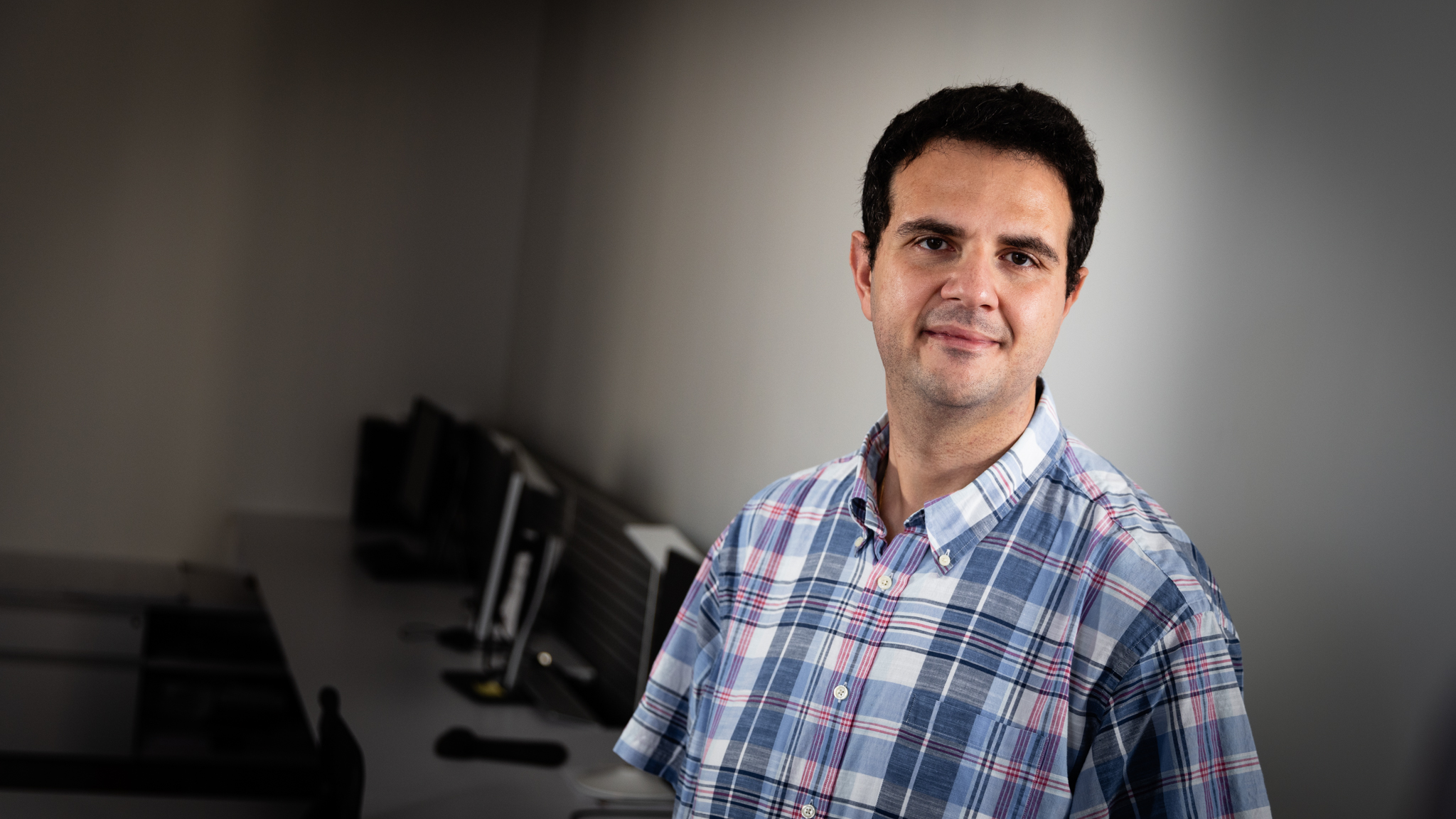
The Good: Endless applications
“Many of tomorrow's technologies, from 6G to drones, driverless cars, and the metaverse, require instilling autonomous decision making across millions of internet-connected devices. By default, such systems and environments are very complex to operate, and rely on massive volumes of data that are too big to sift through. This makes it very difficult to deploy them in the real-world, and reap their broad societal benefits in terms of enabling smart cities and accelerating automation across multiple industries. Fortunately, AI-endowed devices can parse through billions of data points in a few milliseconds, a task that would otherwise require decades for a human operator to perform. This then has the potential to create real-time control at-scale while enabling automation 'in the wild,'" said Saad.
“AI also paves the way towards unimaginable applications that can better our day-to-day life by enhancing the way in which we communicate, conduct business, and navigate the world. Sectors that can benefit from automation range from transportation to healthcare, telecommunications, agriculture, production, and even entertainment. Technologies that we take for granted now, like home assistants, recommendation systems (e.g., those we see in YouTube or Netflix), or robotics, could not have been possible without AI, and we will continue to see them evolve further as the power of AI improves.”
The Bad: A large carbon footprint
“Unfortunately, AI may have its own carbon footprint and negative environmental impact because it relies heavily on computing at data centers. Those data centers consume a large amount of electricity, and also require a significant amount of water for cooling purposes. Therefore, we are faced with an important challenge of designing green, sustainable AI algorithms that can work with minimal environmental impact. It’s important for us to start quantifying this impact, and to start thinking of solutions (e.g., new algorithms, etc.) that can slash the electricity bill of AI and tame its environmental impact.”
The Scary: Job security
“Just like with every technology early on in its development, it would have its own drawbacks, and it might look very scary to the uninitiated. Take the example of the Internet, back in the early-to-late nineties; many consumers were probably wary of buying a home appliance or even a book from a website – a technology that could have looked like science fiction to the average American at the time,” said Saad.
“Today, the vast majority of our purchases are done online; this includes critical decisions like buying a new home or a new car. I foresee a similar trend with AI. It sounds a bit scary to start relying on a piece of software to make decisions on our behalf, such as driving our car or performing a medical diagnosis. This raises the question of whether AI might begin to replace real jobs like a driver or a doctor. These are, of course, valid concerns that, as technologists, we must take into account as we mature and develop the technology.”
Saad recommends taking these potential scary aspects of AI and harnessing those for the betterment of society.
“In relation to jobs, we should view AI as an assistant to doctors, not a replacement. For instance, AI can potentially allow a doctor to sift through complex data to make better informed medical diagnoses much quicker than they could traditionally. Similarly, even though AI may indeed threaten some jobs, it will also help create new jobs that we perhaps cannot even define today.”
Ella Atkins
Fred D. Durham Chair in Engineering and Department Head of Aerospace and Ocean Engineering
Atkins’ areas of expertise include aerospace information systems, unmanned aerial vehicles, and robotics. Her professional successes have resulted in numerous awards and appointments including her current position as the Fred D. Durham Chair in Engineering and Department Head in Aerospace and Ocean Engineering at Virginia Tech.
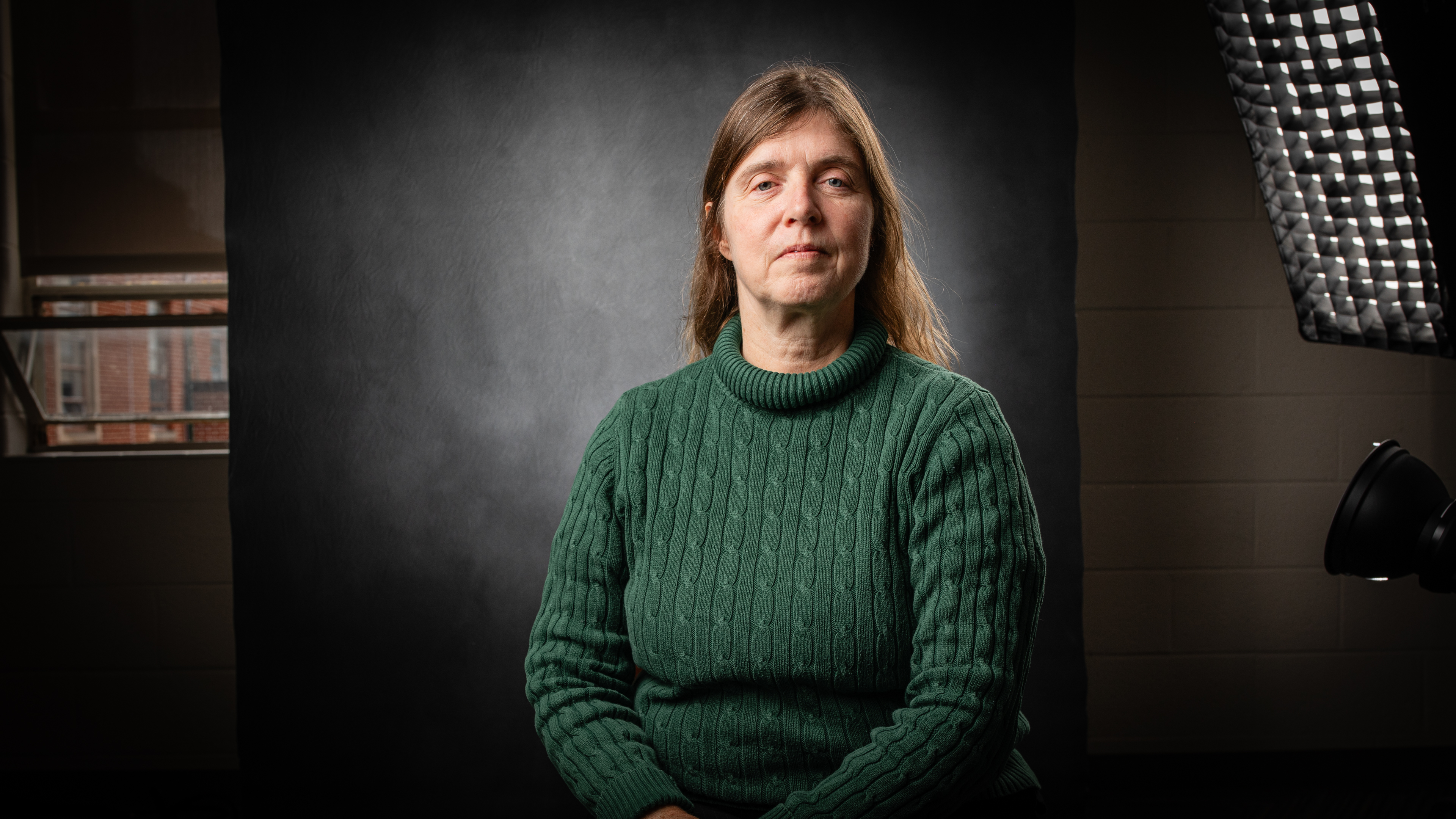
The Good: Enhanced human performance
“We understand the concept of 'superintelligence' rigorously. It is easy to see specific tasks in which computer inference is done more quickly and accurately than is possible for a human. Such superhuman performance has been realized in functions ranging from the early Apollo orbiter software necessary to compute Earth orbit re-entry parameters, to AI widgets always winning 'solved games,' or Watson beating the best Jeopardy champs. Let's not waste time questioning whether functionality, such as Apollo guidance software, was 'AI.' Instead, let's focus on how even a limited computer from the 1960's could offer an essential superhuman function. Machine learning (ML) in the form of deep neural networks has unquestionably revolutionized our ability to process large datasets and classify or otherwise learn from their content. For example, in the health space, medical issues such as cancer detection are now significantly enhanced by ML perception. These types of societal impacts will continue as artificial intelligence and machine learning continue to grow and evolve.”
The Bad: Frivolous use of AI and machine learning
“Most successful artificial intelligence and machine learning solutions are based on expert knowledge (which is then translated to training data for machine learning) that must be captured and extended. It takes a lot of time and effort to capture expert knowledge and encode it in AI knowledge. Quite often, we don’t know how well the tool works until we have a couple of generations of it. This is not necessarily bad, because most discovery processes can be described in a similar way. However, data centers have a high-and-growing carbon footprint, and a large fraction of the jobs users request are either redundant or misinformed, with no useful or actionable result. In short, we ‘guess and check’ far too often. We need to teach STEM professionals how to optimize large processing tasks and do a better job of sharing data and partial/pre-trained solutions to minimize redundancy.”
The Scary: A potential tool for propaganda
“AI and ML have the capacity to be misunderstood, so much that it has the potential to become 'yet another technological gadget' that replaces critical thinking. It is also important to make sure that any safety-critical system has constraints in place that are trusted to prevent disaster, e.g., two independent keys required to launch a missile. The same approach should be true for AI widgets with authority, and with such safeguards there is no reason to believe AI will ‘take over or destroy’ the world. Perhaps the scariest of all is the very real potential for AI/ML joining existing web data mining counterparts to mislead and misinform the next generation. AI, like people, can now speak with authority, so much that we are comforted in its accuracy. How do we as a species distinguish fact from fiction when both are presented so similarly? And how do we, as a species, prevent even more polarization than what currently exists due to AI tools 'giving users what they prefer' politically, technologically, and in advertisements? AI as a propaganda engine is dangerous, and we are already beginning to witness its effects.”
By Florence Gonsalves, Jama Green, Alex Parrish, Tonia Moxley, Chelsea Seeber, and Ashley Williamson
If you want to have an impact on our students and faculty like those featured in this magazine, go here to support the College of Engineering. For more information, call (540) 231-3628.
-
Article Item
-
Article Item
